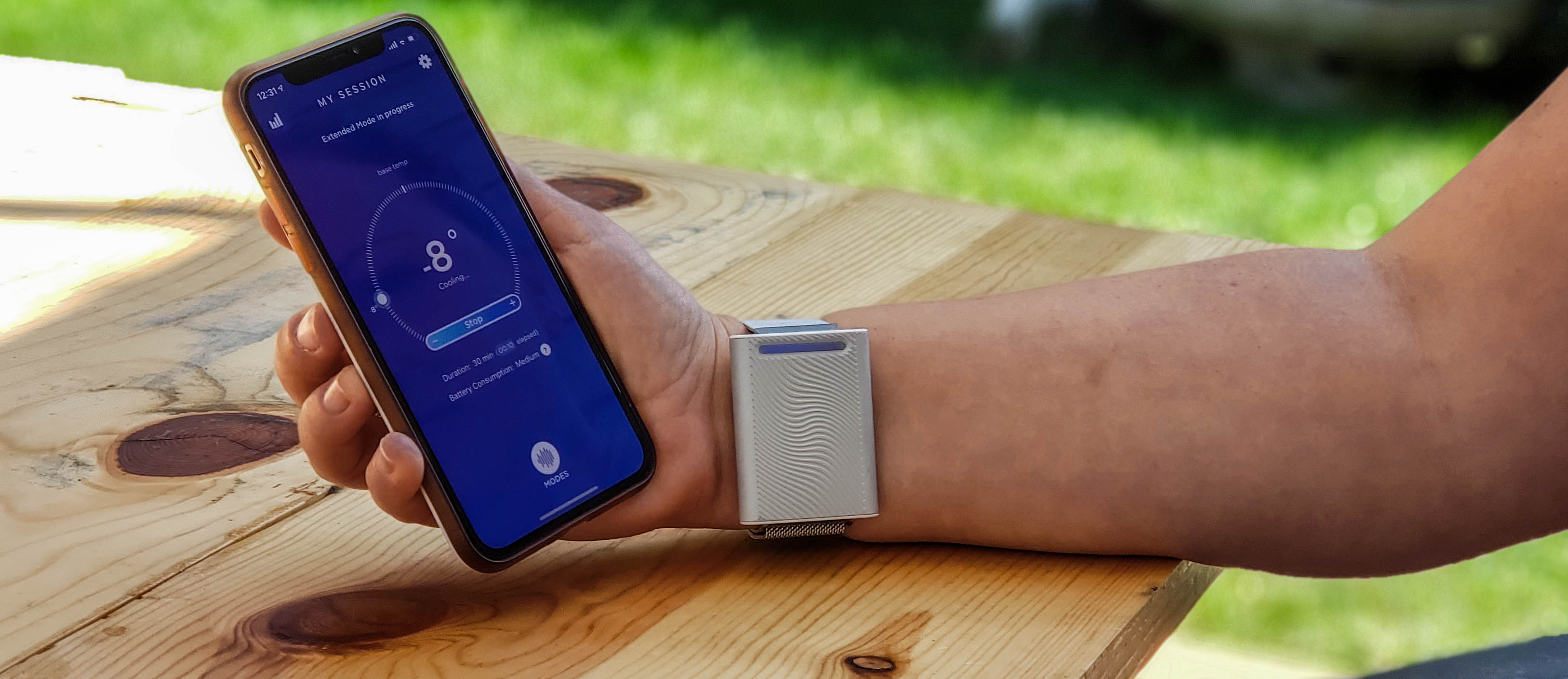
Months of unanticipated media and public attention followed, which was “a mixed blessing,” Cohen-Tanugi says. The team took home the grand prize of $10,000 from the competition. “In true MIT fashion, we got the MADMEC demo working a few days before the competition,” Shames says.Īll the scrambling paid off. Going into rapid prototyping mode, the team built the first iteration of the Wristify wristband in the nick of time. The team decided to reverse that concept and create a device that warms or cools one part of the body to increase comfort. When you’re cold, you may feel colder in your toes or fingers. When you’re too warm, your face or hands may feel warmer than the rest of body. That directed them to the concept of thermal comfort, which comes down to extreme sensations in different areas of the body. They wondered, “What if we could heat and cool people directly to make everyone more comfortable and save energy?” “We were using all this energy cooling this lab space that was mostly empty, and we were actually uncomfortably cold,” Shames says. Inspiration came one day over the summer, when the air-conditioner in their lab was so powerful they couldn’t concentrate. In 2013, they decided to compete together in the MADMEC design competition for materials science and engineering students, although they didn’t have an invention in mind at the time. The co-founders first met in Professor Jeffrey Grossman’s group at MIT.

“Given our backgrounds in the MIT energy community, getting that data is something very fulfilling for us,” Shames says. If extended by 2 degrees, it can reduce energy use by up to 20 percent.Įmbr Labs believes its wristband can keep wearers comfortable enough to extend that neutral zone, and it’s preparing to test that idea at the Center for the Built Environment, as part of a National Science Foundation grant. Studies done at the Center for the Built Environment at the University of California at Berkeley, for instance, have shown that if a building’s thermostat neutral zone - the temperature range before air conditioning or heating kicks on - is extended by 1 degree, it can reduce energy consumption by up to 10 percent, depending on the geographical location and type of building. More broadly, the startup says the device could help curb energy use in buildings. “We’re excited to finally say ‘Yes’ to all the people who have been asking us for years, ‘Can I buy this yet?’” Shames says. It’s a moment the co-founders - including Sam Shames ’14 and Matthew Smith PhD ’12 - have been anticipating since the device first grabbed the public’s attention four years ago. The startup is now taking orders for its first production run.

“We want people who are often uncomfortable and have little control over temperature to have more control and more relief in everyday life,” he says. The aim is to make “temperature personal,” says Embr Labs co-founder David Cohen-Tanugi PhD ’15.

When cooling, the device dissipates heat with aid of the aluminum body, a popular material used for heat exchange. During heating, the current goes into the plate, creating heat waves.
#EMBR LABS EMBR WAVE BRACELET SKIN#
Inside the wristband and touching the skin is a thermoelectric tile made of materials that change temperature when exposed to an electrical current. It’s also an area where people are most comfortable putting new wearable technologies. The device works because the wrist is one of the most thermally sensitive parts of body. The wristband, now called Embr Wave, has a flat aluminum top that includes a colored display users adjust from blue to red, to provide cooling or warming, respectively. After much fanfare, and a lot of research and development, the wristband will hit the shelves early next year. Sitting in a stifling subway car or walking Boston’s cold winter streets may soon become more bearable, thanks to a “personal thermostat” wristband being released by MIT spinout Embr Labs.įor a design competition in 2013, four MIT engineering students created a smart wristband, called Wristify, that makes its wearer feel warmer or cooler through its contact with the skin on the wrist.


 0 kommentar(er)
0 kommentar(er)
